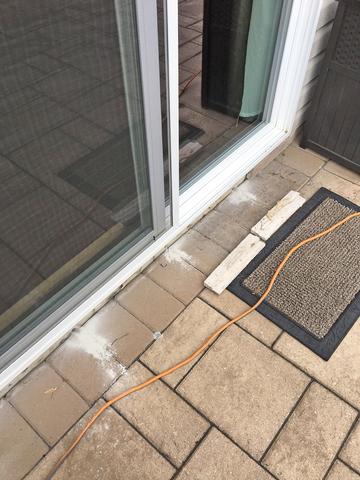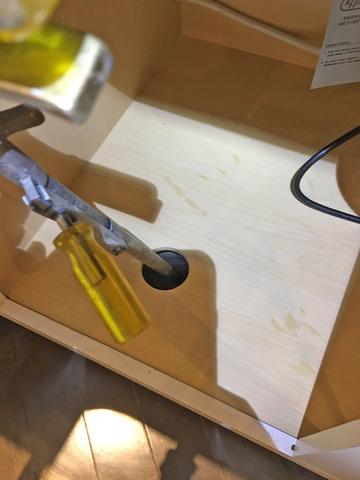Termites Swarm Residents Home In Toms River, NJ
Challenge
Recently, I went on a service call for a homeowner in Toms River, NJ who was suffering from a serious termite infestation. Subterranean termites are known as “silent destroyers” because they do their damage slowly and secretively, often without any signs of damage in their early stages. They stay out of sight, eating building materials in your home from the inside out, turning beams into hollow shells. A mature termite colony can have over 3 million wood-devouring members. They generally start swarming in the spring when flying reproductive termites come flying out of the nest to find a mate and start a new colony. Swarming termites are the most visible sign that your property has an underground nest nearby.
When I arrived, I asked the homeowner where was he seeing the highest level of termite activity. This helps me determine the general location on the property where the termites are harboring and what treatment needs to be applied. Here, the homeowner told me that he found "winged termites" by his back sliding door.
As I inspected the back sliding door I came across an alarming discovery — termite swarmers! Swarmers are yellow to black in color, have a beaded antenna, and a two-body segment — a head and a body. They exist to reproduce and create new termite colonies. I had a suspicion that there were likely other areas of the home that were termite-infested. Sure enough, as I continued my inspection in the kitchen, I found signs of termites under the sink. So, there were already at least two different areas of the home that are infested with termites!
Solution
Subterranean termites live beneath the soil and enter homes below the ground level of the dirt. They are fragile insects that cannot exist above-ground. For effective termite treatment, the soil in which they are living and breeding must be treated. Here, to reach the soil, I needed to drill a series of small holes into the concrete slab and inject a liquid application directly into the ground so that the termites come into contact with the product. First, I angle-drilled under the sliding back door and between the joints of the paver bricks. I then drilled a hole through the slab under the sink to inject the liquid application underneath the slab. After vacuuming the concrete dust, I injected a liquid application into the soil under the slab by the back sliding door.
This application binds to the treated soil and creates a protective zone that termites cannot detect. Termites will either ingest the application or come in contact with it as they go about their normal routines. Once termites come in contact with the application, they'll transfer it to other termites in the colony. The application spreads like a virus throughout the entire colony and, soon thereafter, the termites are gone! I scheduled a follow-up inspection to re-inspect, assess the treatment, and determine if any additional treatment steps are necessary to resolve the infestation.



